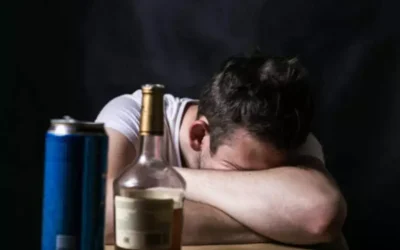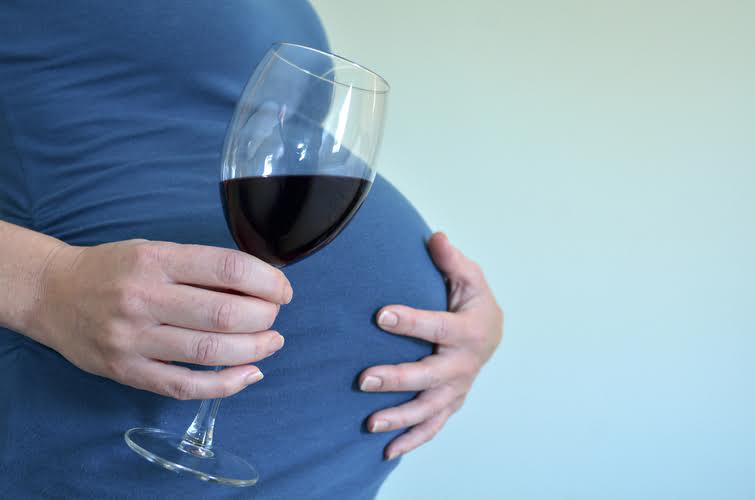Content
Alcoholism is a complex condition that involves physical dependence on alcohol as well as psychological factors. People with this disease may experience withdrawal symptoms when they try to stop drinking, which can make it difficult to quit without professional help. This is a common skin condition marked by hyperactivity and vasomotor instability. Dilatation of skin blood vessels can be caused by several other things aside from alcohol. Other triggers would include chocolates, spicy foods, hot beverages, and more. Hot flashes are believed to be caused by increased blood flow in the brain.
That’s why treatment centers like Silver Maple Recovery offer trauma-informed care and cognitive behavioral therapy. Addressing the underlying cause of your behavior can help you overcome a transfer addiction. Over time, alcohol can reduce your overall serotonin levels, causing you to search for another pick-me-up. Rather than giving in to the craving right when it strikes, wait it out.
Reasons You Crave Sweet or Salty Foods
When it comes to alcohol and sugar, there is a clear link between the two. Alcoholics often crave sugar because of how alcohol affects their bodies. When you consume alcohol, your body’s blood sugar levels drop rapidly.
- The skin has sensory receptors that can adapt to temperature changes.
- Naidoo is also a culinary instructor at The Cambridge School of Culinary Arts.
- Managing sugar cravings during alcohol addiction recovery can be challenging but essential for maintaining sobriety and overall health.
- Even in cases where they don’t, eating disorders by themselves can significantly inhibit rehabilitation.
- This becomes a more serious concern when alcohol is taken out of the picture.
- It’s natural to assume that you crave sugar after quitting alcohol because your body has become acclimated to the high sugar content found in most alcoholic beverages.
- It would be easy to give in, but you’ve seen all the recent news about the negative effects it can have.
Eating disorders themselves can overlap with mental health disorders, making journeys to recovery particularly difficult. Even in cases where they don’t, eating disorders by themselves can significantly inhibit rehabilitation. In this specific exploration’s context, an eating disorder can exacerbate sugar cravings beyond alcohol abstinence itself, discomforting the individual immensely. On top of the factors mentioned above, there are several other good reasons you may experience sugar cravings after quitting drinking. These include disruptions to your body’s blood sugar regulation, and mood swings due to a drop in serotonin. Additionally, chronic stress can have negative effects on the body’s natural processes, including its ability to regulate blood sugar levels.
Why Do You Crave Sugar When You Stop Drinking Alcohol?
With extensive experience in the field of addiction treatment, Francisco is dedicated to helping individuals access the resources they need for successful recovery. In fact, researchers have found that sugar lowers both opioid and dopamine receptor availability in our brains. Put simply, sugar activates the reward and pleasure centers of our brains the same way addictive substances do.
In essence, it is shown that sweets are a known side effect of quitting alcohol – but certainly not one of the worst ones. With moderation and attention to intake, a little sugar can be pleasurable and healthful if taken in the right amounts. The most optimal way is to stick to fruits and other natural sugars like honey, and to generally enjoy other sweets minimally.
Alcohol Alters Temperature Regulation
We know that it can be challenging going from craving one substance to another. But by understanding the cause, you’ll be better equipped to handle it and move forward. As mentioned above, it can be tricky to keep sugar out of your diet. To stay healthy and prevent an addiction relapse, you need to maintain a healthy diet where you only occasionally indulge in sugar.
In addition, alcohol addiction comes with an array of underlying psychological effects and foundations. These tend to not be the main reason why recovering alcoholics crave sugar, as we’ll see next, but they are crucial in this discussion. Experiencing sugar cravings when stopping alcohol can occur when a person replaces one addiction with another, also known as transfer addiction. While relying on sweets to keep you sober in the early stages of recovery can be beneficial, becoming dependent on sugar to stay sober is a whole other problem. Not only does sugar’s long-term effects on the body – like cardiovascular disease and type 2 diabetes – pose a problem, but the goal of sobriety is to not be reliant on any substance.
Alcohol and Low Blood Sugar
By understanding these underlying factors, recovering alcoholics can better navigate their journey towards sobriety and overall well-being. First, it reduces blood sugar, causing the body to seek sugar from other sources. Second, exactly because the body has gotten used to receiving sugar instead of producing why do alcoholics crave sugar glucose, it amplifies sugar cravings. This is exactly why Alcoholics Anonymous actually suggested consuming sweets to help manage alcohol cravings; it’s an effective substitute. When someone is addicted to alcohol, the body becomes dependent on it for energy, so it starts to crave sugar for quick energy.

Additionally, avoiding processed foods and sugary snacks can help to reduce sugar cravings. Alcoholism is a dangerous addiction that can have many far-reaching effects on the lives of those affected. Although the reasons why alcoholics crave sugar are not completely https://ecosoberhouse.com/ understood, it is clear that the need for sugar is often driven by their body’s cravings for energy. The immediate effects of sugar provide an easy solution to this problem, but the long-term implications of excessive sugar consumption can be dire.

